1912 Commercial Truck (C-T) Company Model A 10 Standard (AWD Electric Truck)
- Location: Winfield, West Virginia, United States
- Condition: Used
- Make: Other Makes
- Model: A-10 Standard 5-Ton
- Type: Flatbed
- Trim: Solid Rubber Tires
- Year: 1912
- Mileage: 1,110,425
- VIN: 234425
- Color: Green
- Engine size: (4) GE Electric Motors
- Fuel: Electric
- Transmission: Direct Drive
- Drive type: AWD
- Drive side: Left-hand drive
- Vehicle Title: Clear
1912 Other Makes A-10 Standard 5-Ton Solid Rubber Tires Description
Given the current resurgence of the electric truck industry, this is the ideal restoration project (yes, it still runs) or static display; celebrating well over 100 years of electric vehicle technology in America.Originally purchased by the Curtis Publishing Company, this 1912 C-T Electric Truck was manufactured by the Commercial Truck (C-T) Company of America, Philadelphia, Pennsylvania (1907-1928). It is a 5-ton, All Wheel Drive, Model A 10 Standard; complete and in original condition (unrestored).
This truck (#4) was used almost daily by the Curtis Publishing Co. from 1912 to 1964 (+50 years). The 106-year-old battery-powered electric truck is driven by four (4) 85-Volt, 100-amp GE electric motors, one at each wheel; each producing 16 horsepower (Total: 64 HP).
When new, the truck operated for 22 hours on a single charge, and could be recharged in as little as 2 hours using rebuildable batteries (not included in this sale) or the “Edison” battery (also rebuildable). However, some owners/operators preferred to maintain a fully-charged set of interchangeable batteries to further extend service hours.
The battery compartment consists of nine battery trays. Each of the original-equipment lead-acid batteries measured 8″ wide by 14″ tall by 60″ long, and weighed approximately 500 pounds; producing 10 Volts. Five (5) modern-day 12-Volt batteries may be substituted for each of the original 5-foot-long units (total: 45) which together produced 90 Volts, and the vehicle may easily be moved using only one, two or three modern 12-volt batteries (which quickly discharge).
In August, 2012, the Curtis Publishing Company, Philadelphia, Pennsylvania, purchased the first 10 of a what would eventually become a fleet of 22 C-T electric trucks, and this is number Four (#4) from that initial purchase of Model A 10 Standards (referring to a “standard” 132″ wheelbase). Two of the C-T electric trucks (#14 and #15) were used to haul coal from the railway yard to the printing plant.
Twenty C-Ts were used from 1912 to 1962 to haul rolls of paper from the railway station to the printing plant, then they loaded with up to 10 tons (!) of periodicals for delivery to the Post Office and silent, overnight delivery to newsstands located throughout the City: Lady’s Home Journal, Saturday Evening Post, Jack and Jill, Holiday, The Country Gentleman, and The American Home.
By daily use of interchangeable batteries, the Curtis Publishing Company kept these trucks in continuous operation from 1912 to 1964 (see photos). Once the batteries were completely depleted (approximately 10 years), they were then rebuilt versus replaced; further extending their useful life.
During their 50 years in service, the batteries were rebuilt several times, and the trucks were only twice held for repairs for more than two hours when needed. Obviously, these are extremely durable and reliable vehicles.
Curtis developed an efficient three-point relay system to make the most of their electric truck fleet. It took a very long time to manually load and unload 10 tons of cargo, so a single driver would haul outgoing magazines from the printing plant to the post office and pick up an empty truck waiting there, then drive that truck to the railway depot and leave it for loading; picking up a third truck already loaded with 8.8 tons (!) of paper rolls for delivery to the printing plant.
Meanwhile, six other drivers performed the very same routine during the normal ten-hour workday and seven-day work week. During rush periods, the trucks and drivers worked for twelve to fourteen hours per day. In extreme cases, one truck would change drivers and batteries every six hours, operating 48 consecutive hours; hauling as much as 661 tons in a single day. Try doing that with a team of horses pulling a fleet of wagons!
Originally produced as an open-air commercial vehicle (see photos) with folding canvas top, Charlie Wacker (Philadelphia, PA truck designer and manufacturer) designed and installed the modern cab that was fitted to 20 C-Ts of the Curtis fleet. His grandfather started a bodyworks near Philadelphia well over 100 years prior, and Charlie Wacker worked in the industry his entire life.
Like the balance of the vehicle, only clear, thick, Red Oak was used in the construction – – painted (green), never varnished or otherwise sealed. C-T #4 is still wearing a (thin) coat of that original green paint!
As a distinctive C-T brand feature, both the steering wheel and throttle control (for forward and reverse speeds) are combined into a single vertical shaft. The larger, top wheel steers the vehicle. The lower, smaller wheel controls speed and direction of travel. Turning the small wheel clockwise accelerated forward. Turning it counterclockwise accelerated in reverse.
One foot pedal operated the mechanical rear brake (see photos)but ‘reverse’ could also be used to help slow and stop the vehicle.
The heavy-duty truck bed is made from two sections (3′-9″” x 16′-3″) 1/4″ steel plate on 2″-thick red oak, secured by well over 500 7/16″ bolts. It shows almost no signs of wear whatsoever.
Although pneumatic tires were available on some models, the solid rubber tires on this C-T truck measure 36″ x 3″ (front) and 36″ x 4″ (rear). Fully laden, this vehicle weighs in at 35,700 pounds; hence, the solid rubber tires (and extra, restorable wheel and tire is included in this sale).
The top speed of the Model A 10 was 12 mph empty, 8 mph fully laden. Although “officially” rated at 5 tons, these trucks regularly carried more than twice that load.
This Model A 10 Standard flatbed electric truck, 4×4, cab forward, (4) General Electric motors (G.E. Model 36-A102), has a curb weight of 15,700 lbs. This is one of the very first (#4 of 22) C-T Trucks used by the Curtis Publishing Company, and remains complete and in near-original condition (paint, signage, wheels, etc.).
Period sales literature, vehicle specifications and industry publications (.pdfs) are included in the sale, along with a spare tire/wheel and other smaller parts.
Note: Cab enclosure must be removed (due to overhead clearance requirements) andmay be stowed on the flatbed for transport. Vehicle moves on/off transport vehicle with current applied to only one motor drive.Batteries not included (I have always wanted to write that myself!).
More Other Makes classic cars for sale
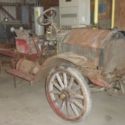 Antique Truck 1912-ish Lambert, Very Rare Americana, Unrestored
Antique Truck 1912-ish Lambert, Very Rare Americana, Unrestored
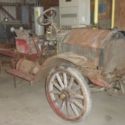 Antique Truck 1912-ish Lambert, Rare Unrestored Americana, Massachusetts Plate
Antique Truck 1912-ish Lambert, Rare Unrestored Americana, Massachusetts Plate
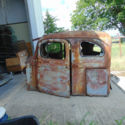 1949 1950 1951 1952 1953 White WC commercial truck cab rat rod hot sleeper
1949 1950 1951 1952 1953 White WC commercial truck cab rat rod hot sleeper
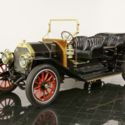 1912 Simplex Model 38 Holbrook Tourer A 2
1912 Simplex Model 38 Holbrook Tourer A 2
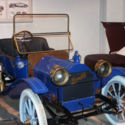 1912 Hupmobile Model 20 Runabout - Show Quality Restoration!
1912 Hupmobile Model 20 Runabout - Show Quality Restoration!
 Professionally built one-of-a-kind electric truck
Professionally built one-of-a-kind electric truck
 1974 Otis Electric Mail Truck
1974 Otis Electric Mail Truck
 1912 Metz Special Roadster Run-a-bout Brassy T Model Touring Vintage Antique
1912 Metz Special Roadster Run-a-bout Brassy T Model Touring Vintage Antique
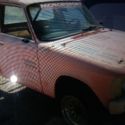 1 OF A KIND CUSTOM BUILT ELECTRIC DRAG TRUCK
1 OF A KIND CUSTOM BUILT ELECTRIC DRAG TRUCK
 Antique Truck 1912-ish Lambert, Very Rare Americana, Unrestored
Antique Truck 1912-ish Lambert, Very Rare Americana, Unrestored
Year: 1912
Mileage: 20,000
Mileage: 20,000
 Antique Truck 1912-ish Lambert, Rare Unrestored Americana, Massachusetts Plate
Antique Truck 1912-ish Lambert, Rare Unrestored Americana, Massachusetts Plate
Year: 1912
Mileage: 20,000
Mileage: 20,000
 1949 1950 1951 1952 1953 White WC commercial truck cab rat rod hot sleeper
1949 1950 1951 1952 1953 White WC commercial truck cab rat rod hot sleeper
Year: 1949
Mileage: 9,999,999
Mileage: 9,999,999
 1912 Simplex Model 38 Holbrook Tourer A 2
1912 Simplex Model 38 Holbrook Tourer A 2
Year: 1912
 1912 Hupmobile Model 20 Runabout - Show Quality Restoration!
1912 Hupmobile Model 20 Runabout - Show Quality Restoration!
Year: 1912
Mileage: 80,000
Mileage: 80,000
 Professionally built one-of-a-kind electric truck
Professionally built one-of-a-kind electric truck
Year: 1984
Mileage: 500
Mileage: 500
 1974 Otis Electric Mail Truck
1974 Otis Electric Mail Truck
Year: 1974
Mileage: 2,911
Mileage: 2,911
 1912 Metz Special Roadster Run-a-bout Brassy T Model Touring Vintage Antique
1912 Metz Special Roadster Run-a-bout Brassy T Model Touring Vintage Antique
Year: 1912
Mileage: 1
Mileage: 1
 1 OF A KIND CUSTOM BUILT ELECTRIC DRAG TRUCK
1 OF A KIND CUSTOM BUILT ELECTRIC DRAG TRUCK
Year: 1976
Mileage: 1
Mileage: 1
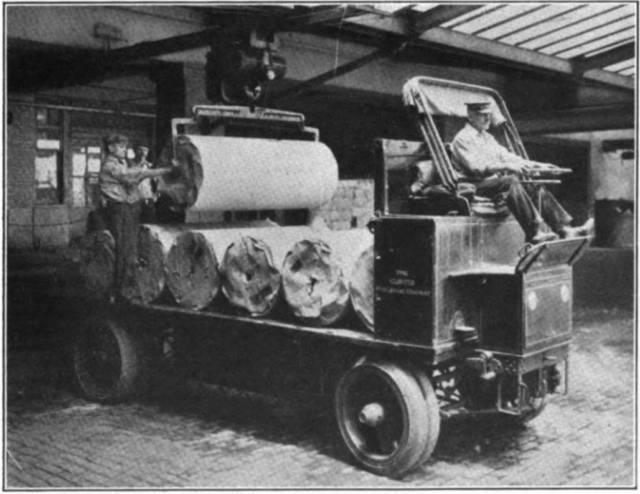
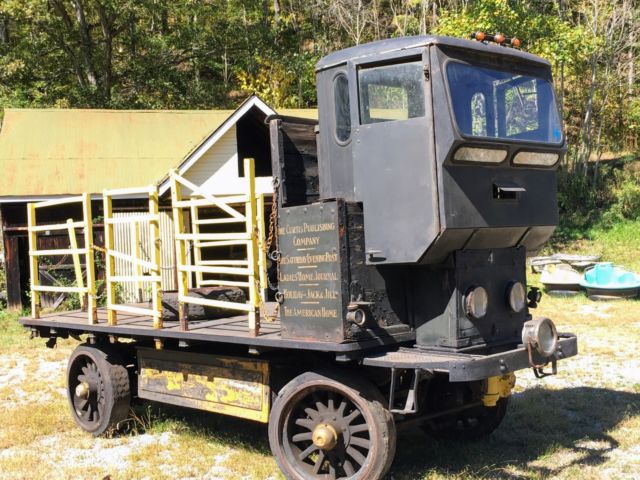
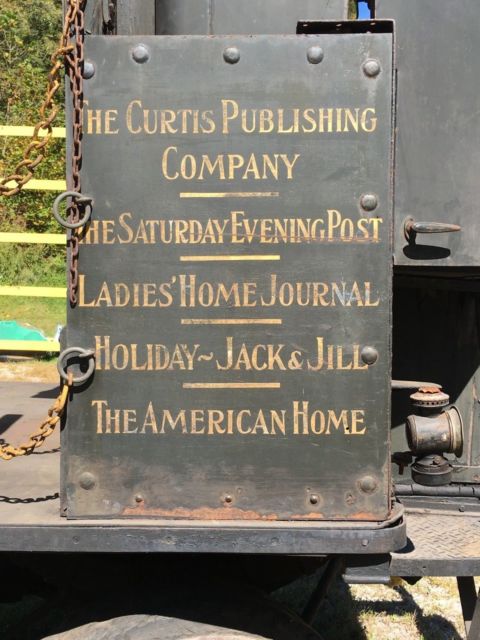

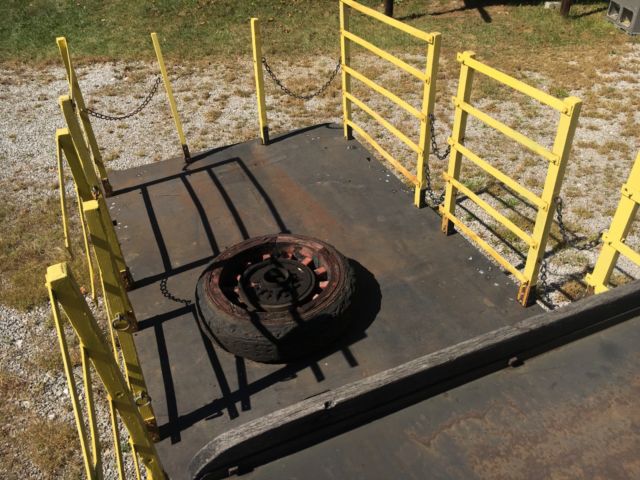
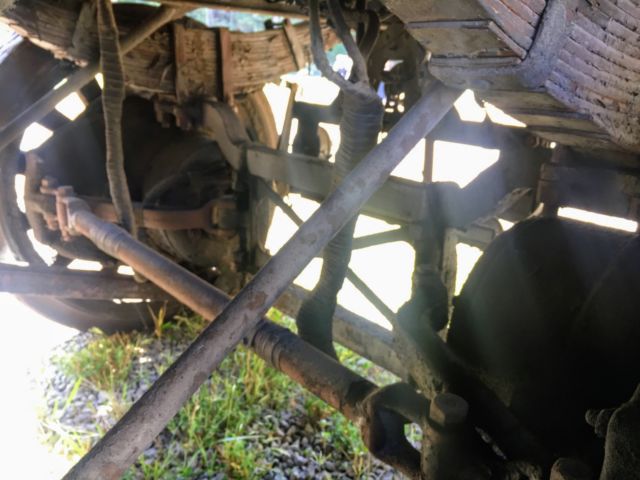
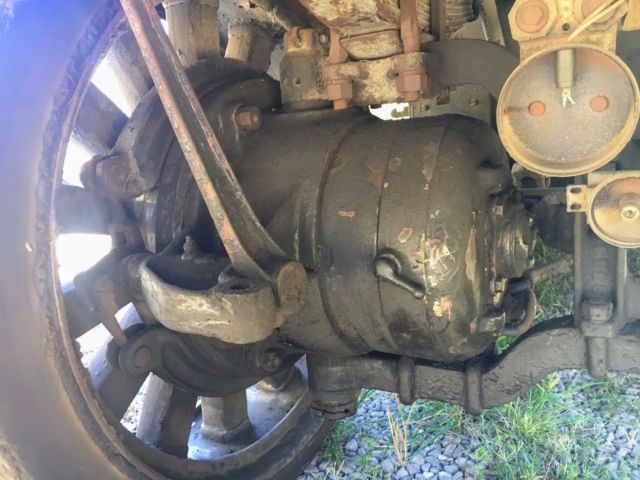


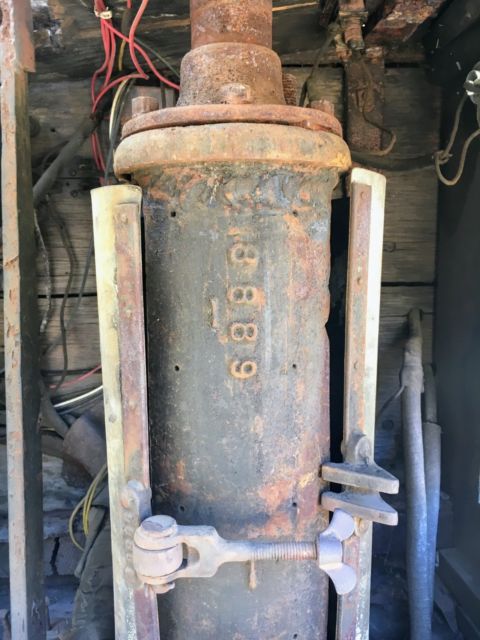
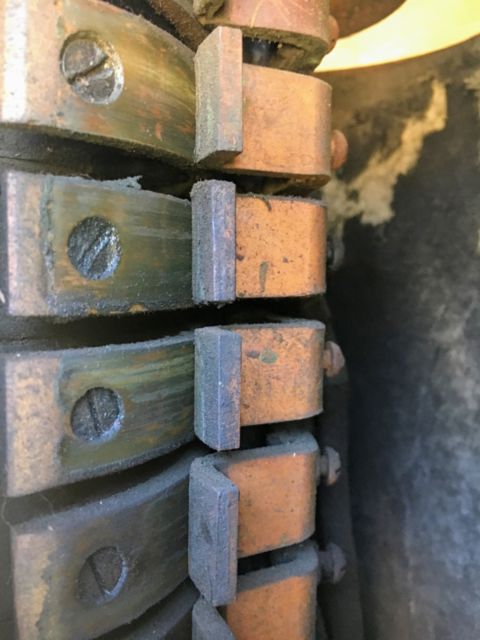
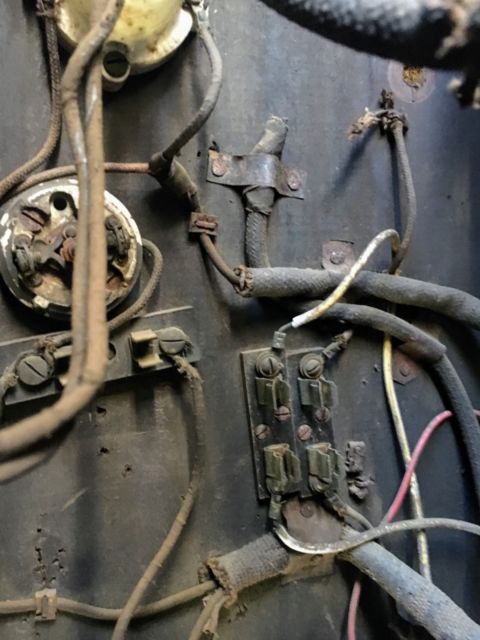
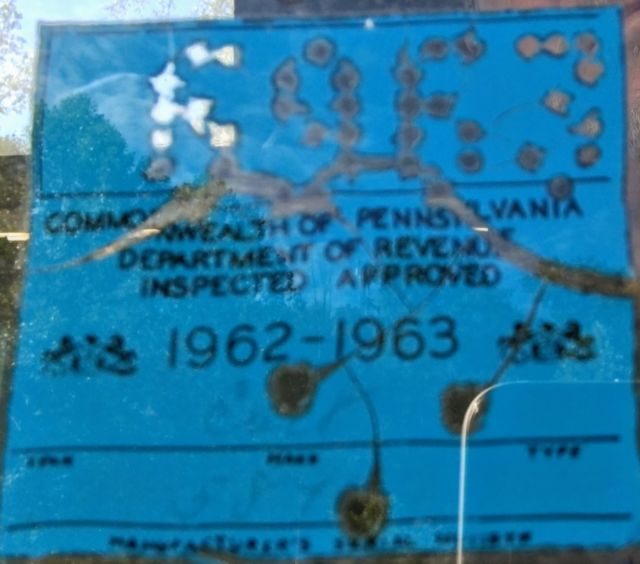
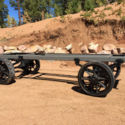 1917 FWD Four Wheel Drive Auto Company 3 ton truck Clintonville WI
1917 FWD Four Wheel Drive Auto Company 3 ton truck Clintonville WI